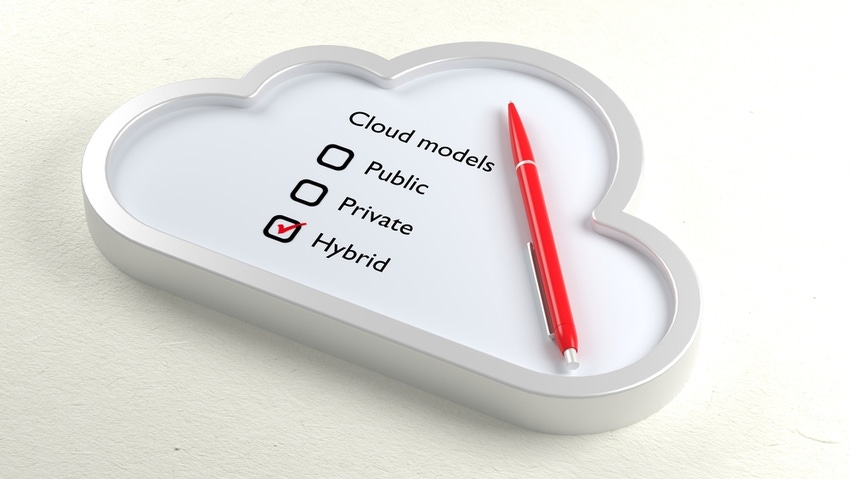49% of respondents revealed they lack visibility into the majority of their organization’s apps and infrastructure.
June 14, 2022

Software company SolarWinds has found that the increased adoption of hybrid IT raises network complexity for most organizations. As the company explains, IT professionals are faced with worrisome challenges. Only 8% of tech workers said they felt extremely confident about their organization’s ability to manage IT complexity.
These findings were released in the company’s ninth annual IT Trends Report. The SolarWinds IT Trends Report 2022—Getting IT Right: Managing Hybrid IT Complexity examines the acceleration of digital transformation efforts. It also assesses its impact on IT departments. The findings of this year’s North American report are based on a survey of 237 technology practitioners, managers, directors and senior executives in the U.S. and Canada. They were from public- and private-sector small, mid-size and enterprise organizations.
Workloads and Applications

SolarWinds’ Sudhakar Ramakrishna
Sudhakar Ramakrishna is president and CEO of SolarWinds.
“Operational complexity prevents organizations from capitalizing on their technology-driven transformation and investments and delivering benefits for end users,” Ramakrishna said. “As organizations look beyond the pandemic, they must re-examine their investments from the past few years. Part of that requires organizations to have visibility into their IT environments to understand what’s working and not working, and where to prioritize their efforts to achieve the ROI targeted in their planned projects.”
Hybrid and remote work have amplified the impact of distributed and complex IT environments. Running workloads and applications across both cloud and on-premises infrastructure can be challenging. Many organizations increasingly experience — and ultimately hindered by — these pain points. More and more mission-critical workloads move to connected cloud architectures that span public, private, hybrid and multicloud environments. Enterprises recognize they need to invest in the tools that will help them ensure consistent policies and performance across all platforms and end users. However, they simultaneously face challenges. These include budget, time constraints and barriers to implementing observability as a strategy to keep pace with hybrid IT realities.
Monitoring Strategies
“Observability is increasingly becoming the clear answer for tech pros charged with managing greater levels of complexity in these diverse and distributed environments spanning on-premises, private and public clouds,” Ramakrishna said. “However, organizations must set aside time and resources to upskill and train tech pros to help them properly implement observability strategies and manage hybrid IT realities more effectively — and set up their teams and business for success in the long run.”
More than half (54%) of tech pro respondents state they leverage monitoring strategies to manage this new complexity. However, 49% revealed they lack visibility into the majority of their organization’s apps and infrastructure. This lack of visibility impacts their ability to conduct anomaly detection, easy root-cause analysis and other critical processes. These ensure the availability, performance and security of business-critical applications.
Interestingly, 59% of small businesses surveyed indicated increased technology requirements from multiple departments were the leading cause for increased complexity. Compare that to 40% of their mid-size and 37% of their enterprise counterparts.
Organizations’ lack of insight into their networks impacts ROI. Twenty-one percent of respondents said the IT project in question took an additional four to seven months or more to complete. Twenty-eight percent said the project in question was extended by up to three months. However, three-quarters (75%) of tech pro respondents state their organization has prioritized adopting a hybrid IT strategy for their technology environment within the next three years.
Want to contact the author directly about this story? Have ideas for a follow-up article? Email Claudia Adrien or connect with her on LinkedIn. |
About the Author(s)
You May Also Like


